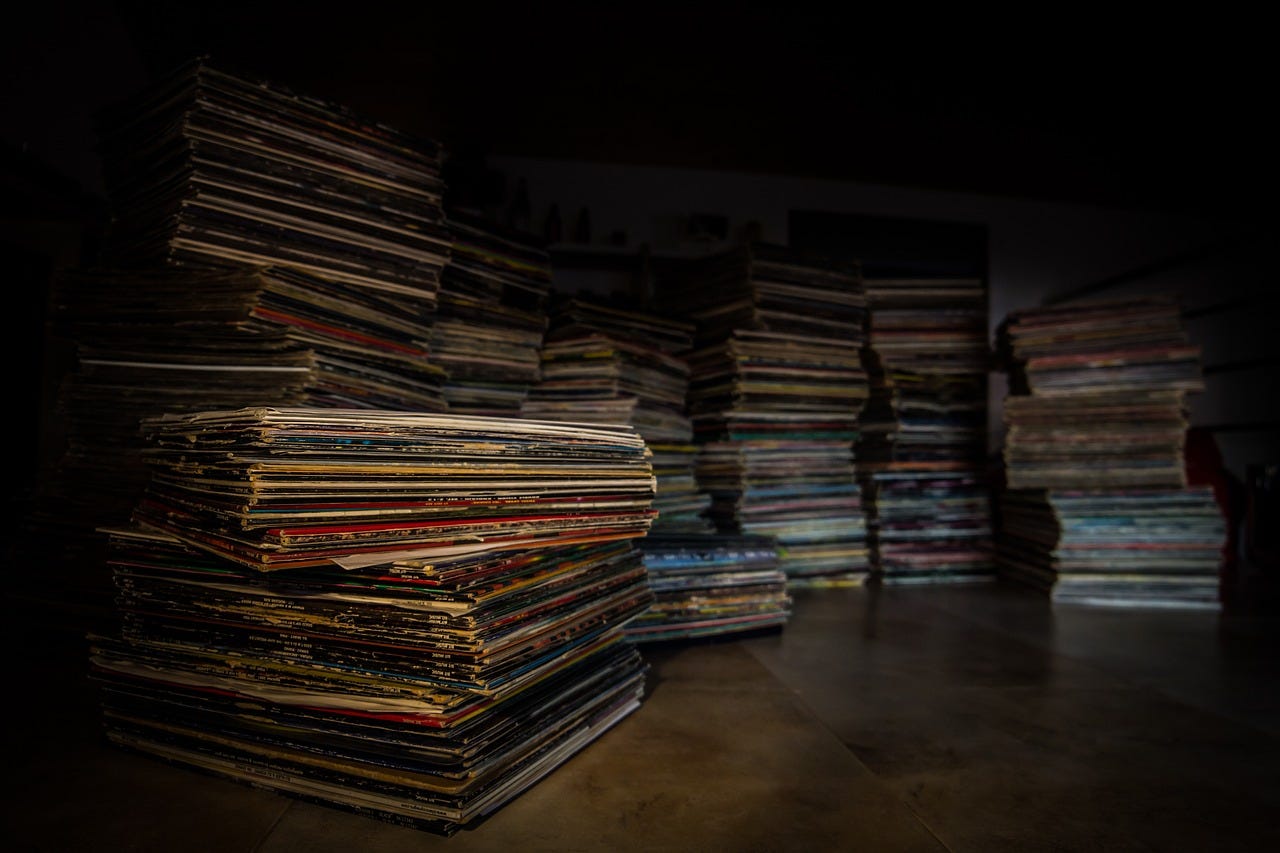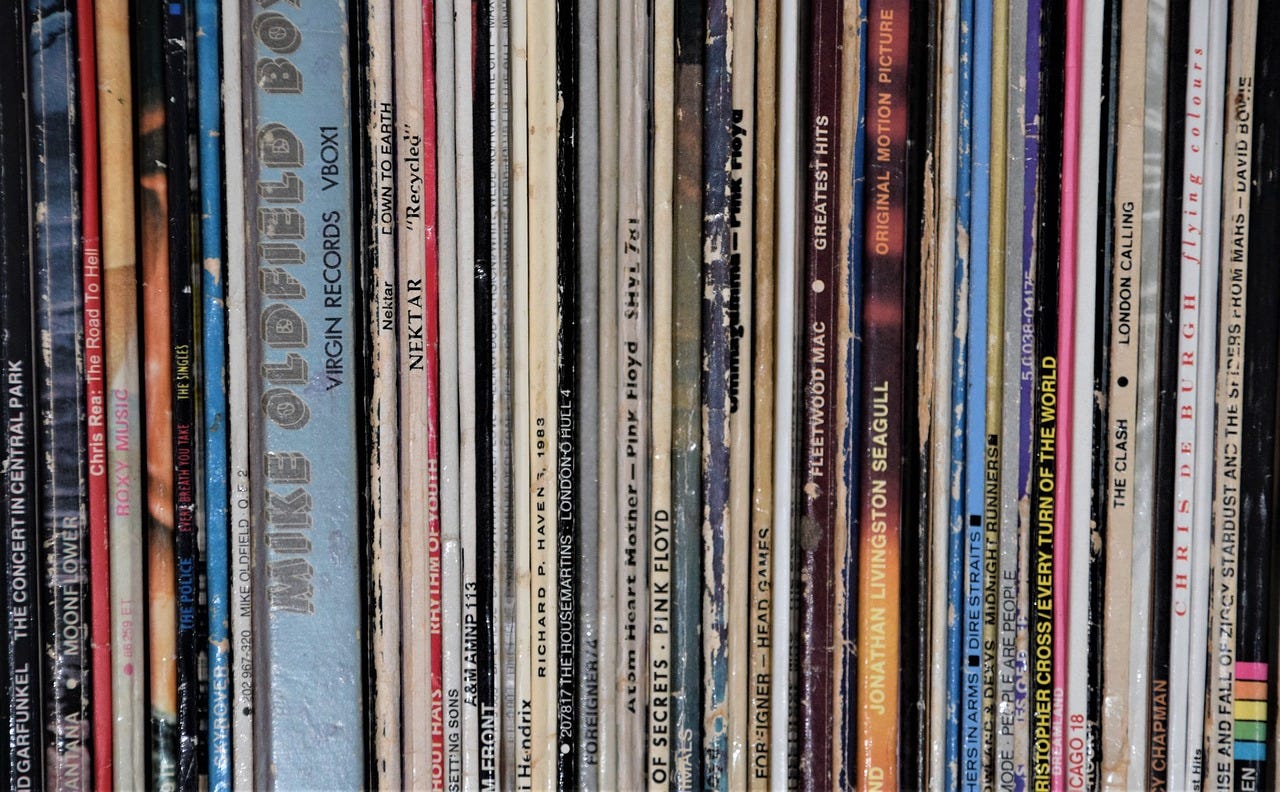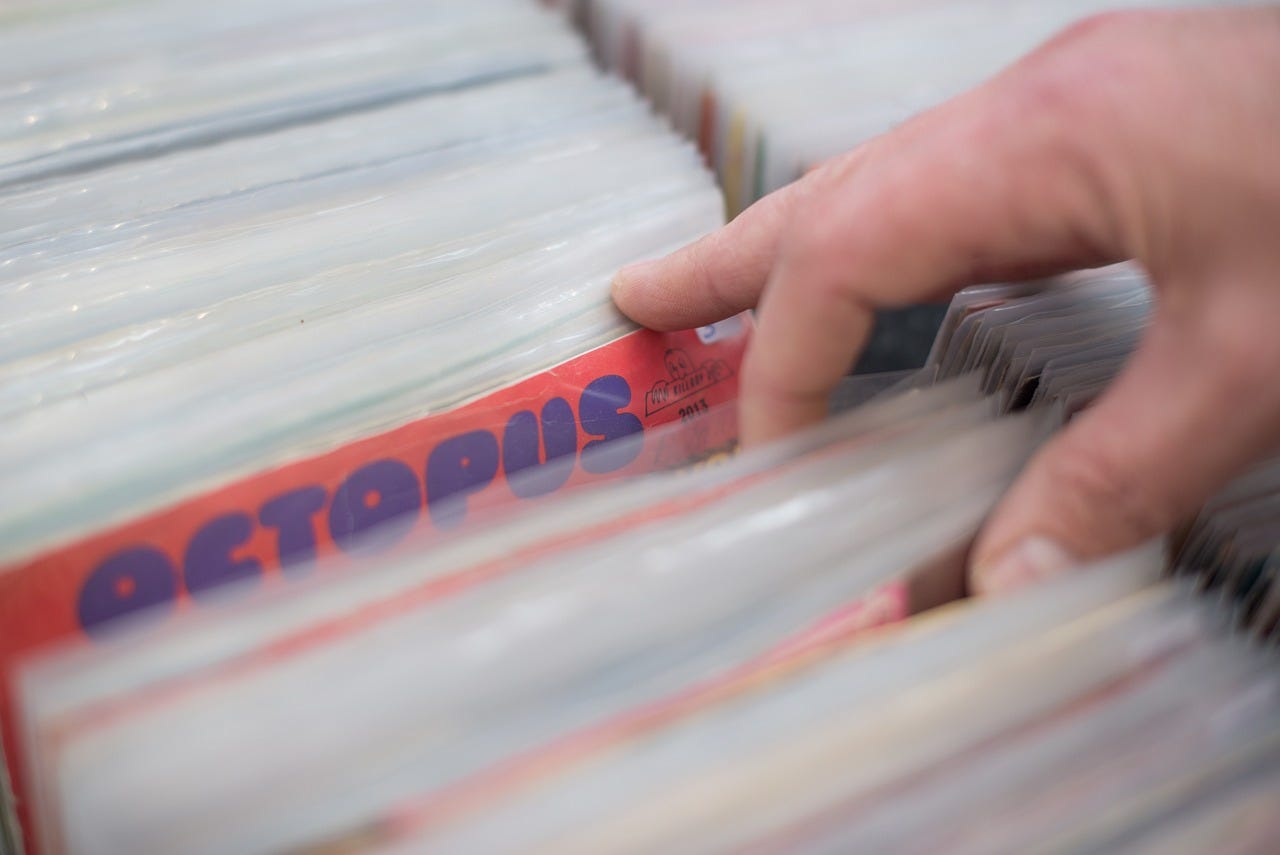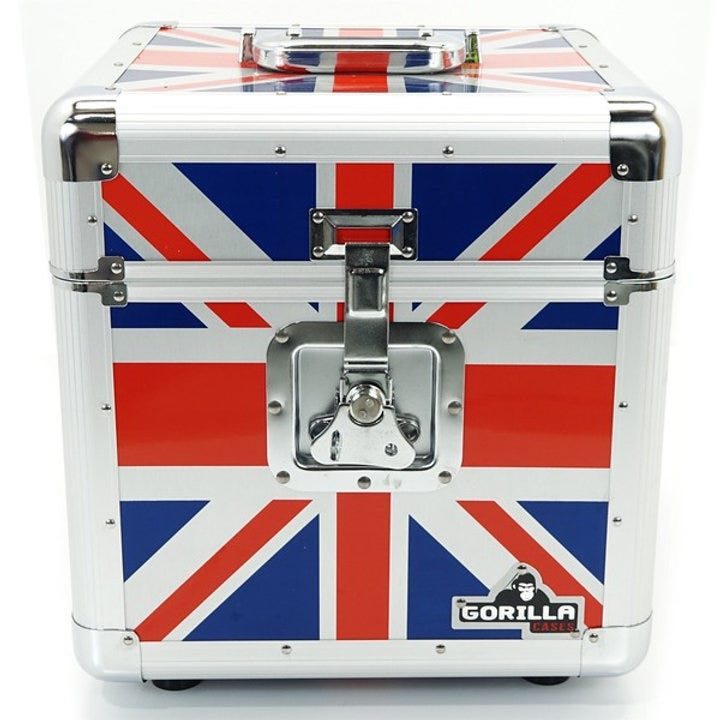Make your records last forever
Look after your records and they will outlive you. The key to protecting your investment is actually simpler than you think.
Vinyl is a format which, for better or worse, is simultaneously resilient and fragile. Sounds confusing? Let me explain.
Vinyl is built to last. There are records from the 50s and 60s that, despite countless plays throughout the decades, still look and sound surprisingly well. A properly looked after record will stand the test of time.
However, as the stylus travels through the grooves, the vinyl surface will, progressively, degrade with each play.
This process is gradual yet irreversible. How quickly your vinyl records deteriorate will essentially come down to two main factors: how well you treat your records and how well you look after your setup (particularly your stylus).
There are certain things that will have a significant impact on how quickly your records will deteriorate. This is where the fragility of vinyl comes into play.
Vinyl is a fragile format because certain actions or elements will affect it in a particularly adverse way. Think of fragile as in particularly sensitive to certain factors.
For example, things like excessive weight or pressure, careless handling, humidity, prolonged sun exposure, a worn or bad quality stylus, and certain abrasives can severely damage or, indeed, destroy a vinyl record quite quickly.
When it comes to vinyl maintenance, there’s a lot of content to cover, and conflicting views abound. I will be making separate posts on topics like cleaning, handling and maintenance as we go along.
But I wanted to start with an often overlooked yet tremendously important topic: storage. Bit boring, you may think. But hear me out.
How long is a standard LP, on average? 45 minutes? One hour? Unless you have an obscene amount of time (and/or are clinically insane), I bet you are not constantly spinning the same record all day long (if you are, I think that’s fascinating and I would love to interview you). Now seriously, my point is: for how long (and how often) is a certain record actively being played as opposed to standing on a shelf?
It doesn’t take a mathematician to realise that most records will spend more time in storage than on a turntable. Some records (especially in the case of inherited collections) may spend several years or even decades in storage, untouched.
Understanding the fundamentals of smart vinyl storage is essential if you want to preserve the quality and value of your records.
Most online guides on this subject, while thorough and informative, fail to make a critical distinction between all the different factors that adversely affect records. As a result, some collectors end up spending way too much time and money on things that are nice to have but, in my view, not absolutely essential, thus losing sight of the bigger picture.
This is why today we will be taking a pragmatic, no-nonsense approach to vinyl storage so you can focus on what really matters to ensure those grooves keep giving you joy and your investment pays off over time.
Always vertical
You should store vinyl records vertically, never horizontally. This is to prevent undue pressure against the vinyl surface, which can lead to warping (i.e. bending). A heavily warped record will suffer from an inferior sound quality and lower resale value.
Inner and outer sleeve protectors
The disc itself should ideally be stored inside anti-static inner sleeve protectors. Some vinyl records will already come with these embedded into the inner sleeves, but many don’t. Inner sleeve protectors are important to prevent hairlines, scuffs and marks on the vinyl surface (usually caused by paper friction).
Inner sleeve protectors are particularly important for records that are handled (played) often.
Once inside an inner sleeve protector, the record should be placed carefully through the opening of the outer sleeve, in an upright position.
I also recommend getting some plastic outer sleeve protectors. Not only will these help preserve the outer sleeve, which is an important component of a record’s overall grading (and has a direct impact on resale value), but they will also help protect your records from dust and humidity.
Storage solutions
Purpose-built cabinets or shelving units are ideal for large collections as they tend to be robustly built to withstand the weight of hundreds (or indeed, thousands) of records.
Ease of access to your records as well as the undeniable aesthetics of custom-made units make them an ideal choice to display your collection.
Another advantage of custom-made units is that you will be able to make more efficient use of space (e.g. dead corners).
An obvious drawback is the lack of flexibility, especially if the units are built into your walls. Good luck moving your collection to another room, or another house (or city… or country… you get the drift).
If you can’t afford (or don’t yet want to commit to) custom-made carpentry, there are other options that work very well for collections of most sizes. The beauty about these other options is that they provide all the flexibility that you don’t get with custom-made units.
Many retailers offer vinyl storage cubes, an excellent solution that allows you to add, remove or rearrange units as your collection grows or your spatial circumstances (or preferences) change.
Vinyl storage boxes, particularly DJ style vinyl record boxes or cases (like those made by GorillaDJ) are also a fantastic choice as they are specifically built to store and transport vinyl records safely. Plus, the funky style of some of these boxes can give a lot of character to your room or living space.
Weight distribution
In all cases, you should ensure the weight distribution of your records is even. This is super important.
The reason why it is strongly recommended to store records vertically as opposed to horizontally is not due to some sort of mysterious or superstitious belief (however cool that would be). It is precisely to prevent records from pressing against each other too much.
If your records are stored vertically, but they are all tilted to one side, this will defeat the whole purpose of storing them vertically in the first place, as the record at the end of the tilted row will be bearing more weight than it should.
Make sure your records are not squeezed in together: you should be able to take them out and put them back in without too much effort. If you have to use force in order to push them in or pull them out, it means there are way too many records in the same place. Get another unit or move some of the records to another shelf so they can breathe.

Careful with the elements
Another important thing to bear in mind is that too much sunlight, heat and/or humidity can contribute to the early degradation of your records.
Here I would like to take a moment to explain something in more detail. When we talk about climate and temperature factors affecting records, what you should avoid is anything in excess.
Consider the following: London has a particularly damp climate, especially compared with, say, Las Vegas. The main determining factors that are more likely to affect the sound quality and value of your collection are how you store and handle your records and how well you maintain your setup, regardless of whether you are in England or in Nevada.
So long as you take into consideration all of the points made earlier, you shouldn’t worry too much about climate. Make sure, though, that your records are not locked in a basement or attic, or stored right above a radiator. The ideal room to store your records is one which gets ventilated and cleaned regularly.

If you live in a particularly sunny spot, make sure your records are not directly opposite a window with no blinds or curtains for extended periods. If possible, a cool, dry, and well ventilated room would be ideal.
I hope you have found this article informative. If you have any questions or would like to share your thoughts, please do not hesitate to let me know in the comments below.
Thanks for reading and/or listening. See you next time. Happy spinning!














This! Great post as usual! I’m struggling with the inner sleeves! I have seen a lot of people recommending “invest in vinyl” sleeves - where basically they put the records inside these and then place the records outside the actual gatefold sleeve, at the back, so basically when you grab the record, you have the outer plastic sleeve, and then inside, the actual (now) empty gatefold and the plastic sleeve containing the vinyl. While it looks beautiful (basically you can see the vinyl at the back and if it’s a coloured vinyl even cuter), I am not sure it’s really the best option. What do you think? I’m literally about to buy 100 pack of those so this post came at the right time! 😊 What do you think?
Great advice all around! As I've been canvassing garage sales and thrift shops, it's pretty clear that a lot of people are either unaware or ignore these steps. One store by me even had the records tossed in a barrel!